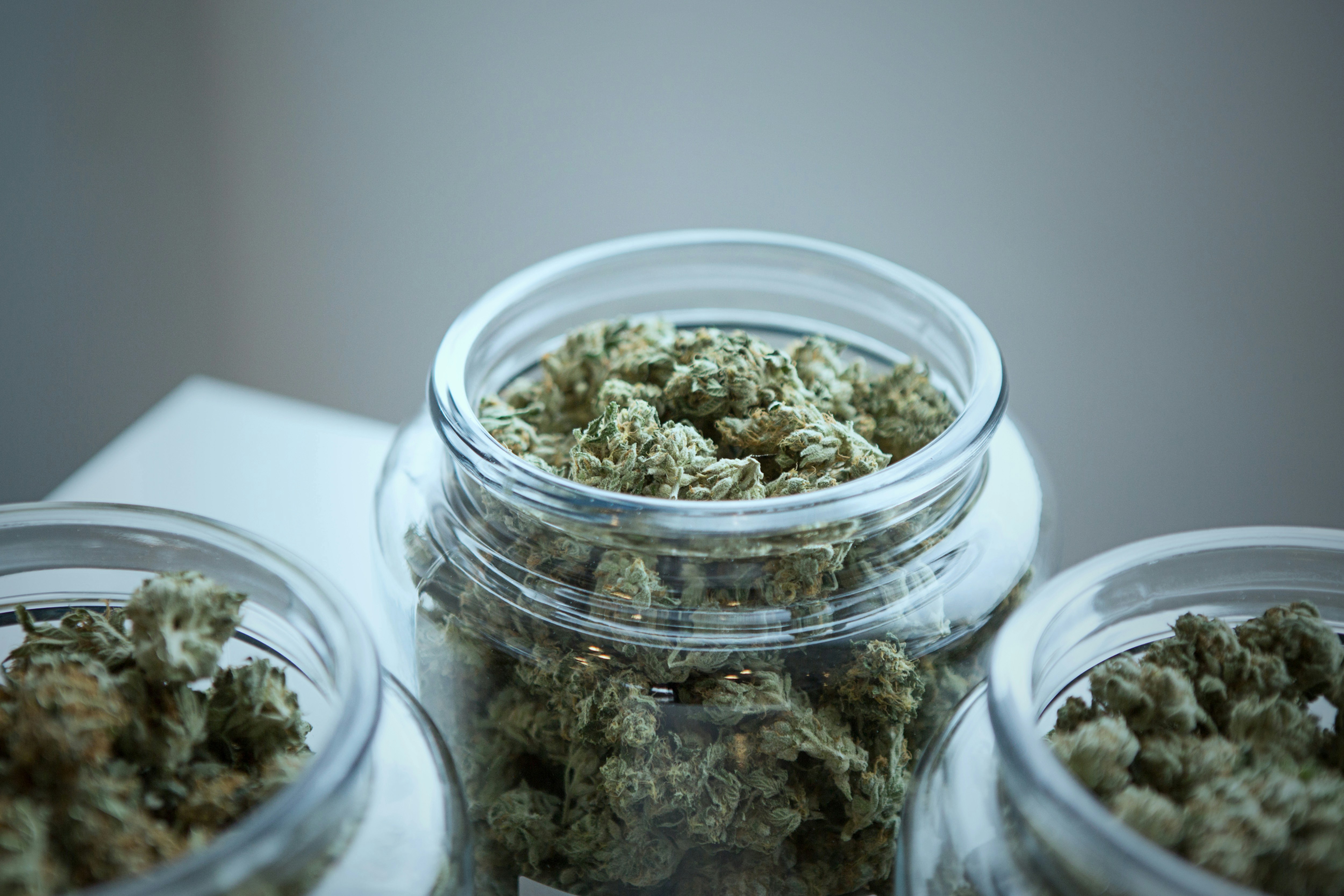Binge drinking is a pattern of excessive alcohol consumption that can have severe consequences on one’s health, particularly on the liver. Individuals with genetic risk factors or those who have type 2 diabetes and drink heavily are at an even greater risk of developing liver disease. It is crucial to understand the impact of binge drinking on liver health to identify high-risk individuals and implement targeted interventions to prevent liver disease.
The Dangers of Binge Drinking on Liver Health
Alcohol-related cirrhosis of the liver has long been associated with chronic alcohol abuse. However, recent research indicates that binge drinking can also trigger this deadly liver disease. A study published in the journal Nature Communications reveals that individuals who engage in binge drinking and have a genetic predisposition to alcohol-related cirrhosis are at a six-fold increased risk of developing the disease compared to those who drink within daily limits and have a low genetic predisposition. This risk is further amplified among binge drinkers with a diagnosis of type 2 diabetes.
The study emphasizes that the pattern of drinking, rather than the volume of alcohol consumed, plays a significant role in the development of cirrhosis. Drinking a large amount of alcohol in a short period of time, or drinking to get drunk, puts immense strain on the liver’s ability to metabolize alcohol. This leads to the accumulation of toxins and the development of liver cirrhosis over time. This new research suggests that it is not just the quantity of alcohol consumed that matters, but also how it is consumed.
Understanding Binge Drinking
Before delving deeper into the impact of heavy drinking on liver disease, it is important to understand what the term means. The National Institute on Alcohol Abuse and Alcoholism (NIAAA) defines binge drinking as a pattern of drinking that raises blood alcohol concentration (BAC) to 0.08% or more. In practice, this typically means consuming four or more drinks for women, or five or more drinks for men, within approximately two hours. It is essential to note that even fewer drinks in the same time frame can result in the same BAC in younger individuals, such as three drinks for girls or three to five drinks for boys, depending on their age and size.
Binge drinking is a prevalent issue in society, with approximately 21.5% of people in the United States aged 12 and older reporting binge drinking, according to the 2021 National Survey on Drug Use and Health (NSDUH). Binge drinking rates vary across different age groups. While rates have been decreasing among preteens and teens in the past decade, there is still a concerning percentage engaging in this behavior. Among young adults aged 18 to 22, binge drinking rates have also been decreasing but remain high. In older adults aged 65 and older, binge drinking is on the rise, which is particularly concerning due to the potential interactions with medications and health conditions.
Consequences of Excessive Drinking on Health
Binge drinking not only poses immediate risks but also has long-term consequences for health. While any amount of alcohol can carry certain risks, crossing the binge drinking threshold significantly increases the chances of acute harm. Binge drinking can lead to:
- Blackouts
- Overdoses
- Unsafe sexual behavior
- Increased risk of sexually transmitted infections
- Higher risk of unintended pregnancies
- Increased likelihood of falls, burns, drownings, and car crashes
The effects of alcohol are not limited to specific tissues but instead impact virtually all parts of the body. Even a single episode of binge drinking can compromise the immune system’s function and lead to acute pancreatitis in individuals with underlying pancreatic damage. Over time, repeated episodes of heavy drinking contribute to chronic diseases such as liver disease and increase the risk of various types of cancer
The consequences of binge drinking can be severe and even fatal. Approximately 140,000 deaths in the United States annually are attributed to alcohol abuse, with nearly half of them associated with binging.
Binge drinkers may be slower to seek out help, thinking, “I only drink on the weekends” or “I only get drunk once a month”; however, even these episodes can contribute to health problems. While binge drinkers may not need detox, they could benefit from residential treatment or professional help, such as from a licensed therapist, to help reduce or eliminate their drinking entirely.
Binge drinkers may also find recovery in places such as support and 12-step groups. The only requirement to join Alcoholics Anonymous, for example, is a desire to stop drinking.
Genetic Factors and Binge Drinking
While alcohol consumption is a major risk factor for liver disease, genetic factors also play a role in an individual’s susceptibility to alcohol-related cirrhosis. Researchers have identified specific genetic markers that contribute to an increased risk of alcohol-related cirrhosis.
For healthcare professionals, understanding the interaction between genetic factors and binge drinking is crucial in identifying high-risk individuals to provide personalized and comprehensive care to promote healing and help prevent health problems in the future.
Recent research analyzed data from the UK Biobank cohort to investigate the independent associations of binge drinking and genetic risk with the risk of alcohol-related cirrhosis and alcoholic hepatitis. The study found that both binge drinking and genetic risk factors were independently associated with an increased risk of alcohol-related cirrhosis.
The Role of Diabetes in Liver Disease Risk
Diabetes is another significant risk factor for liver disease, particularly in individuals who engage in binge drinking. Studies have shown that individuals with diabetes have a higher risk of developing cirrhosis, and this risk is further elevated when combined with heavy alcohol consumption. However, it is important to note that the interaction between diabetes, binge drinking, and genetic risk is complex and warrants further investigation.
Identifying Those at Risk for Liver Disease
The findings from these studies have important implications for identifying individuals at high risk of liver disease to provide individualized and comprehensive care to prevent its development. By understanding the impact of binge drinking, genetic risk factors, and diabetes on liver disease risk, healthcare professionals can better identify individuals who require interventions and support in managing their alcohol consumption.
Binge drinking can have severe consequences on liver health and increase the risk of developing liver disease. Genetic factors, in combination with binge drinking and diabetes, further amplify the risk. Identifying high-risk individuals and implementing targeted interventions are crucial steps in preventing the development of liver disease.
If You Are Concerned About Binge Drinking
If you are concerned about binge drinking developing into alcohol use disorder (AUD) or are concerned about your drinking habits, help is available. In addition to supports such as 12-step groups and SMART Recovery, treatment is available for any individual concerned about their drinking habits.
Some treatment options available include individual therapy, recovery coaching, outpatient, intensive outpatient, residential, long-term residential, and detox for those who are at risk of going into alcohol withdrawal. Family services are also available when the family unit has been affected by substance use. Mountainside also offers substance abuse treatment specifically geared toward adolescents.
If you or a loved one is struggling with addiction, Mountainside can help.
Click here or call (888) 833-4676 to speak with one of our addiction treatment experts.

 By
By 







